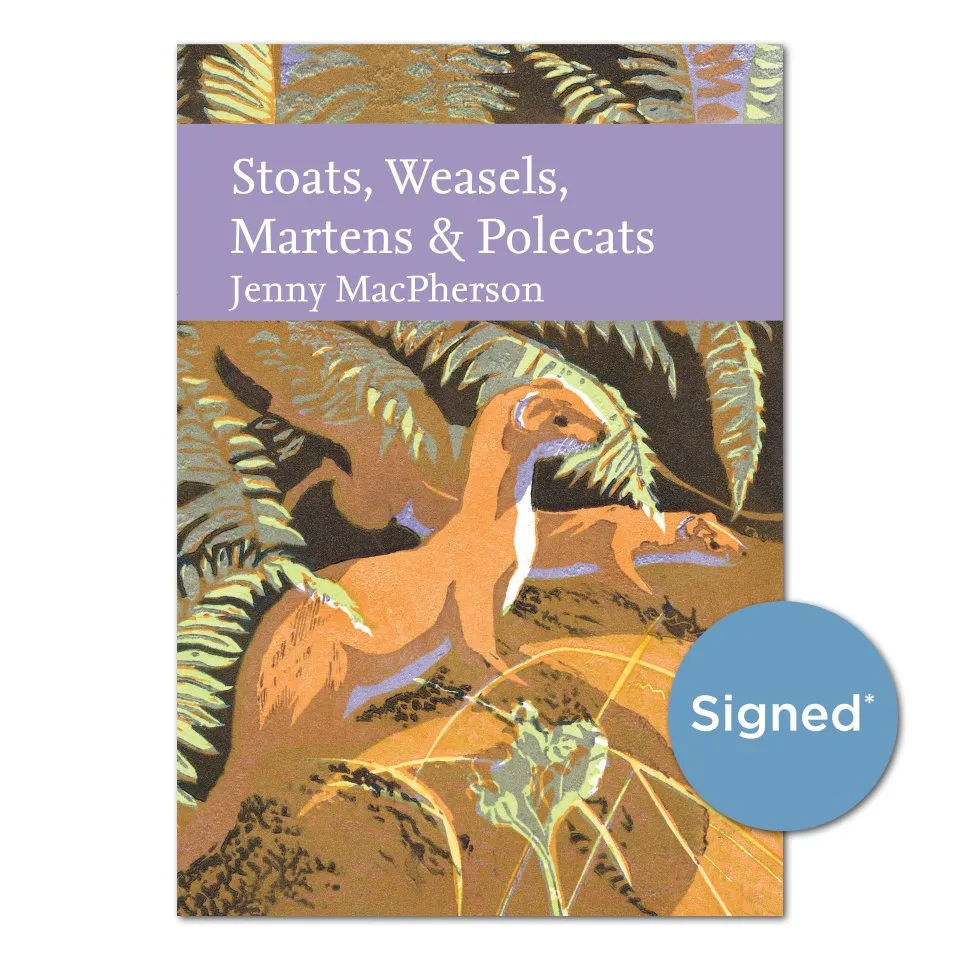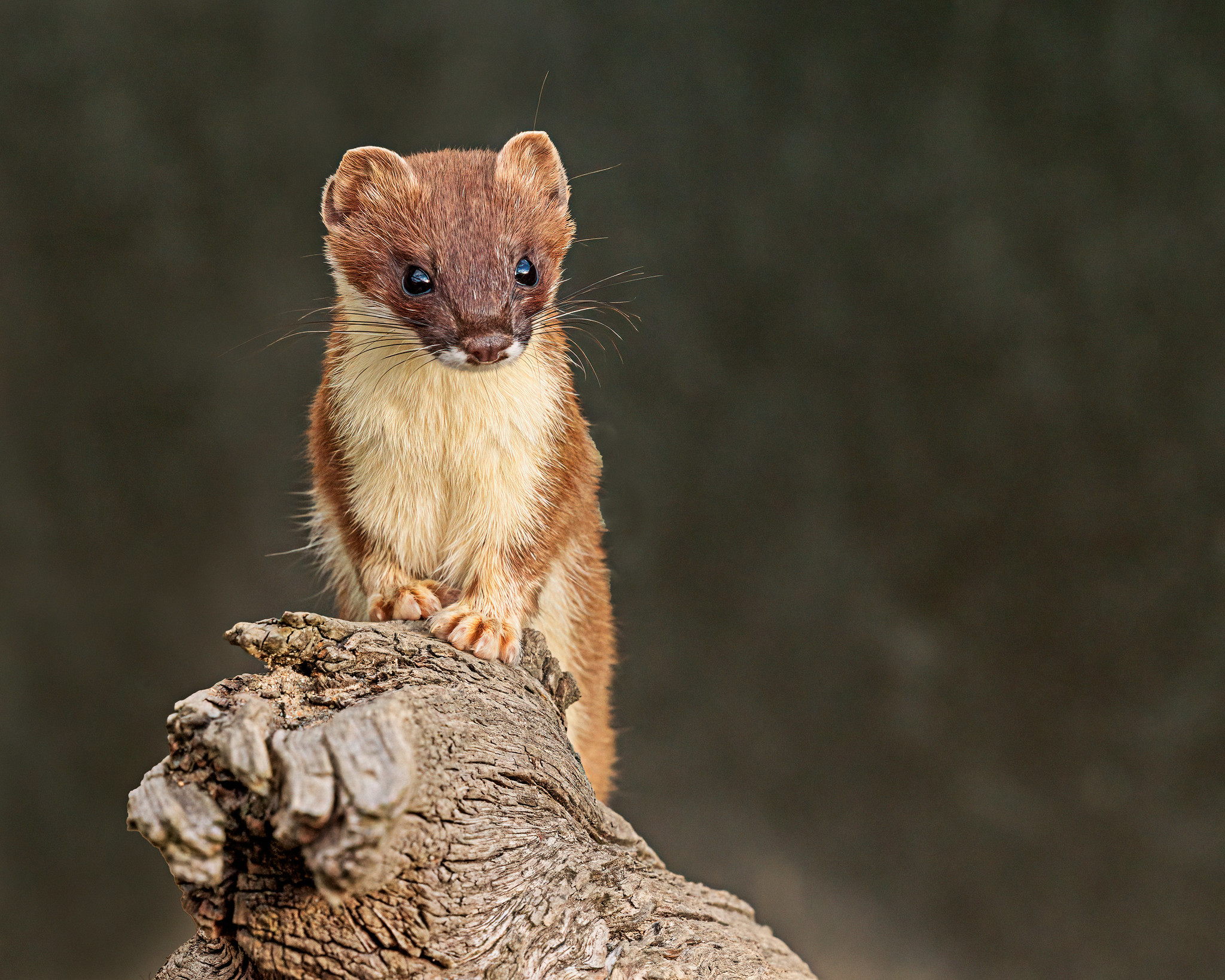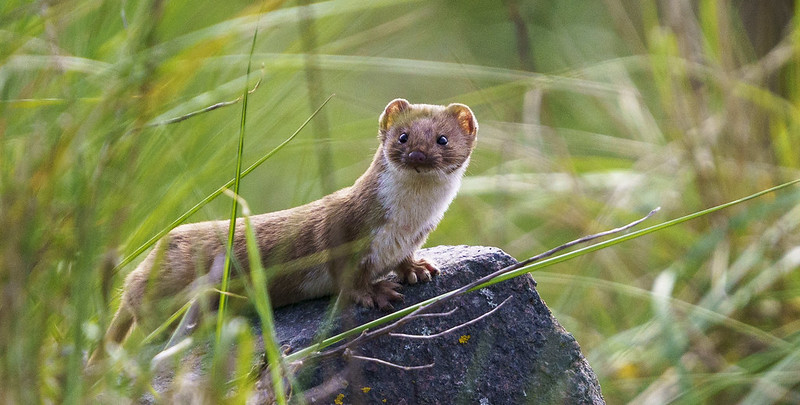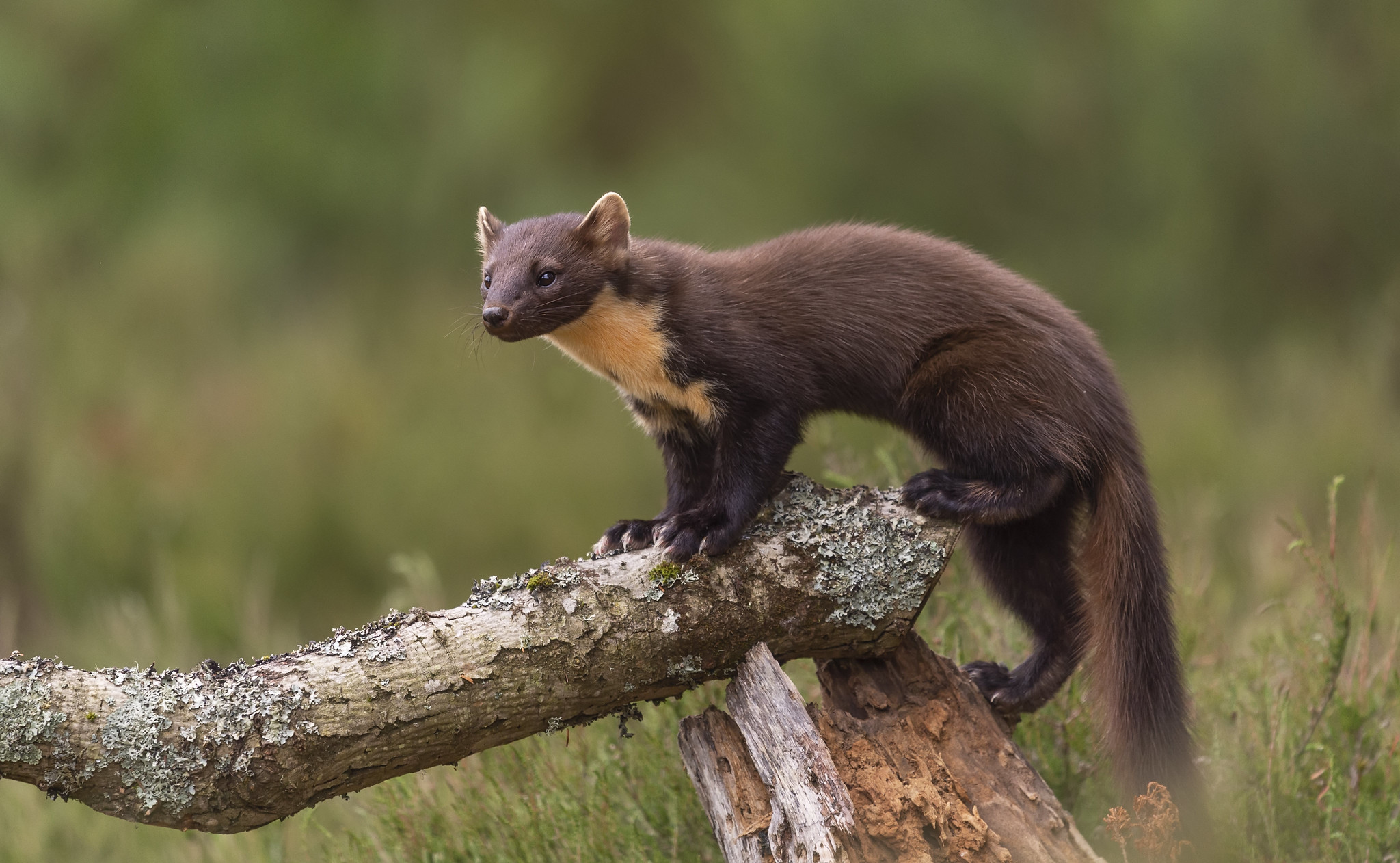 The latest volume in the New Naturalist series, Stoats, Weasels, Martens & Polecats focuses on the four species of ‘small mustelids’ – highly specialised predators and ubiquitous assassins, some of which were once hunted to near-extinction. This delightfully rich text details their physiology, distribution, daily lives, significance in UK history and folklore, while also intertwining the authors own experiences working at the forefront of mustelid conservation across England and Wales.
The latest volume in the New Naturalist series, Stoats, Weasels, Martens & Polecats focuses on the four species of ‘small mustelids’ – highly specialised predators and ubiquitous assassins, some of which were once hunted to near-extinction. This delightfully rich text details their physiology, distribution, daily lives, significance in UK history and folklore, while also intertwining the authors own experiences working at the forefront of mustelid conservation across England and Wales.

Jenny MacPherson managed the Pine Marten Reintroduction Project for many years before taking over as the Principle Scientist at The Vincent Wildlife Trust. She has a longstanding background in zoology and research, holds an MSc in Conservation at the University College London and a PhD from Royal Holloway.
Jenny recently took the time out of her busy schedule to talk to us about the book, including how she first became interested in mustelids, how she thinks these animals will fare in relation to the current climate and environmental challenges and more.
Can you tell us a little about your background and what first interested you in mustelids?
I studied zoology at university as a mature student, having worked as a theatre costume assistant in London when I left school. Actually, my first experience of mustelids was the rather unflattering portrayal of the Stoats and Weasels in the National Theatre production of The Wind in the Willows that I worked on, back in 1990! – I was responsible for getting Otter into his costume, a 1920s style knitted bathing suit. Then, as an undergraduate at Royal Holloway University, I planned my dissertation project on Pine Martens, having been captivated by them on holidays in Scotland, where it was such a rare treat to see them. Since then, mustelids, and especially Pine Martens, have been a major interest of mine.

What are the challenges of studying this group?
It is very difficult to study elusive, nocturnal animals that live at low density and are patchily distributed. It certainly tests our ingenuity. Thankfully some of the rapid advances in technology are helping, as I describe in the book.
How do you think small mustelids in the UK will fare in the face of climate and environmental change?
It is difficult to predict and it will likely vary between species. Pine Martens might ultimately benefit from increases in afforestation for carbon storage, but in the meantime existing forests are coming under multiple pressures from recreation, timber harvesting and emerging plant diseases. The impacts of environmental change on prey populations shouldn’t be underestimated either. Some long-term studies have already shown declines in the abundance and diversity of small mammal communities linked to climate change, which is of concern for all of our native carnivores.

Historical opinions held by some across the UK favour culling of mustelids. For instance, Pine Martens in Scotland are at risk of predator-control trapping due to a perceived risk to livestock and game birds. What can we do to challenge these long-held, traditional ways of thinking in relation to UK predators?
We need to raise greater awareness of natural processes, including predation. Predators have a number of important functions and play a key role in supporting our ecosystems. In Britain, these have been out of balance for centuries as a result of human intervention and we have become used to ‘controlling’ any animals that cause us an inconvenience, rather than working together to find practicable ways of living alongside predators.

Citizen science projects are a great way for people outside of the field to get involved with conservation research. Are there any resources where the public can submit sightings? And how can citizen science benefit the conservation of this group?
Citizen scientists and volunteers are crucial to conservation research and we have a long history of their involvement in Britain. Vincent Wildlife Trust collect sightings and other records of Pine Martens and are currently also carrying out a two-year national survey of Polecats. More information can be found on the website at www.vwt.org.uk. The collective effort of citizen scientists makes it possible to gather huge amounts of information over large areas and time frames, which helps to focus conservation efforts where they are most needed for these species.
Are you working on any other projects you would like to share with us? Can we expect more books from you in the future?
I am currently working on a number of projects in my role at Vincent Wildlife Trust, including a feasibility study for reintroducing European Mink to the southern Carpathians in Romania, and I have just started writing another book.
Stoats, Weasels, Martens & Polecats is available to pre-order from our online bookstore.

